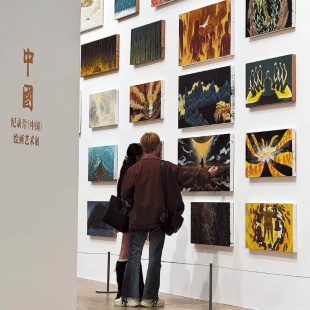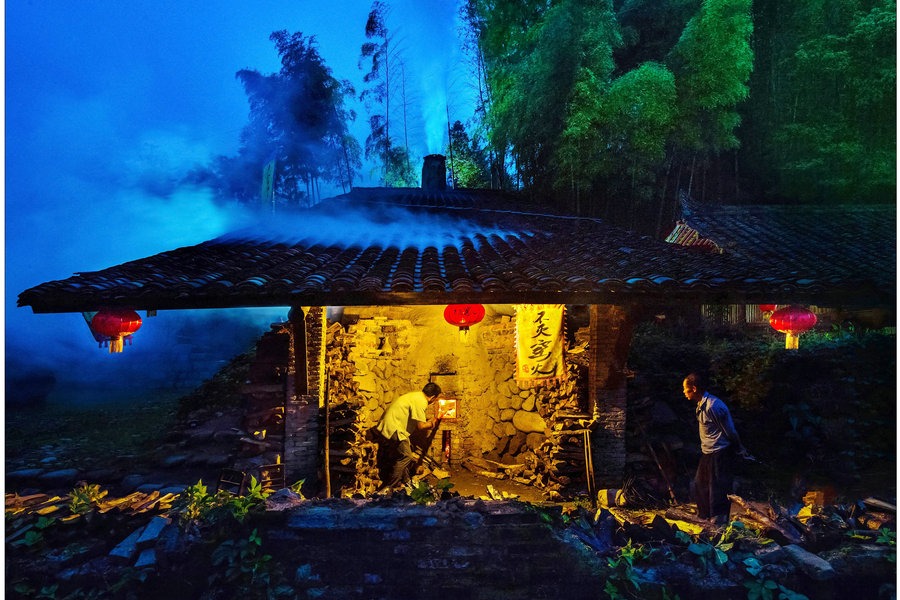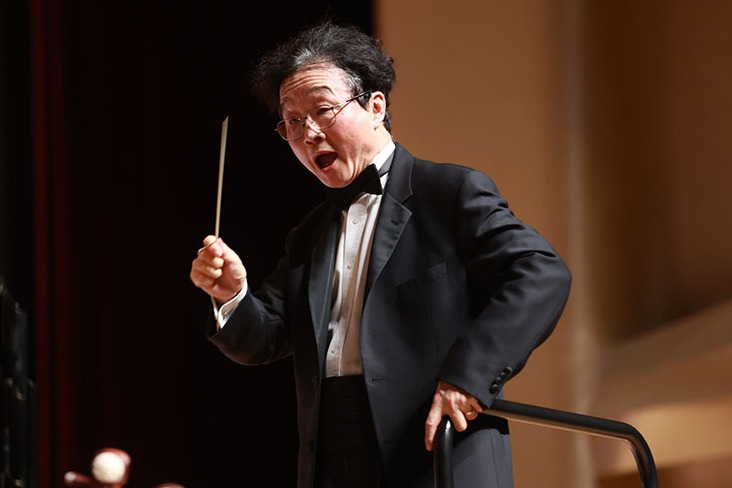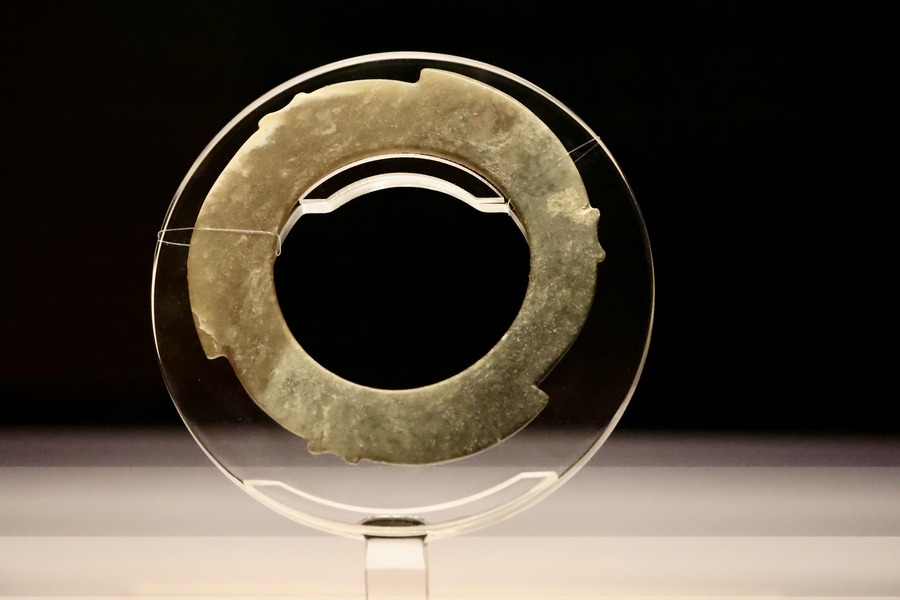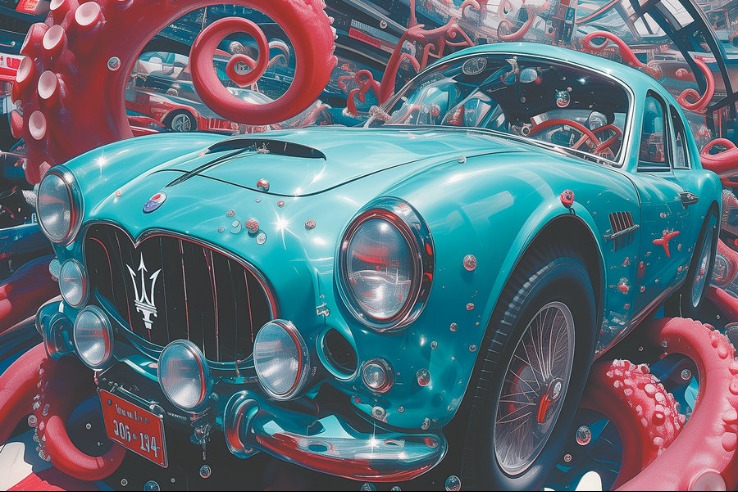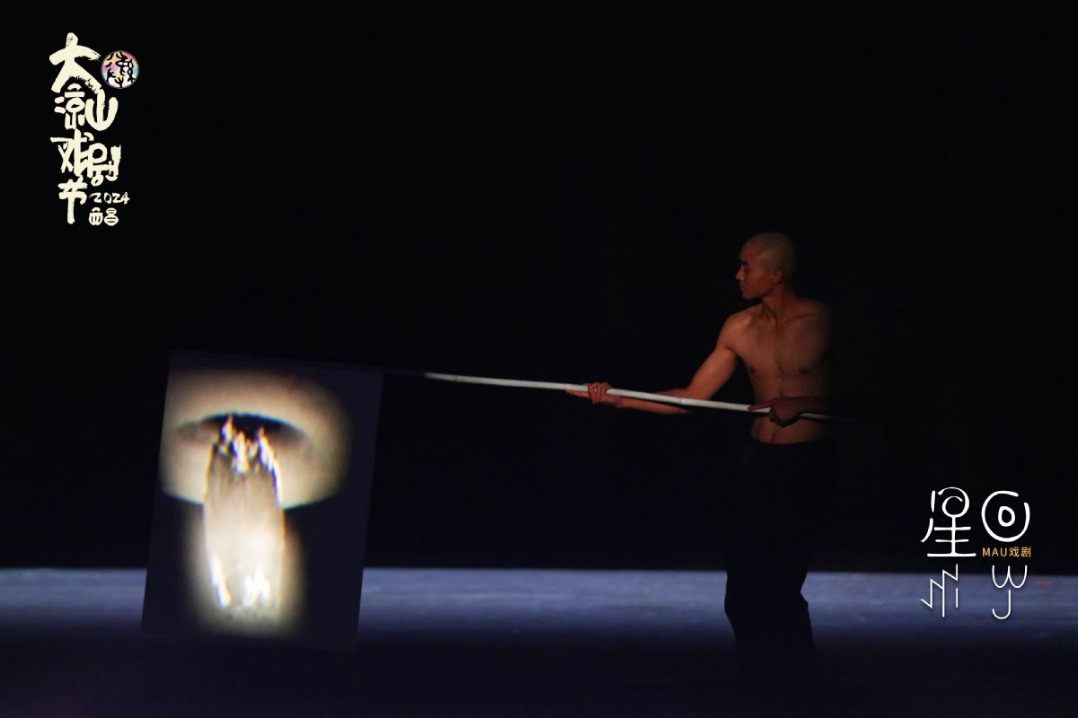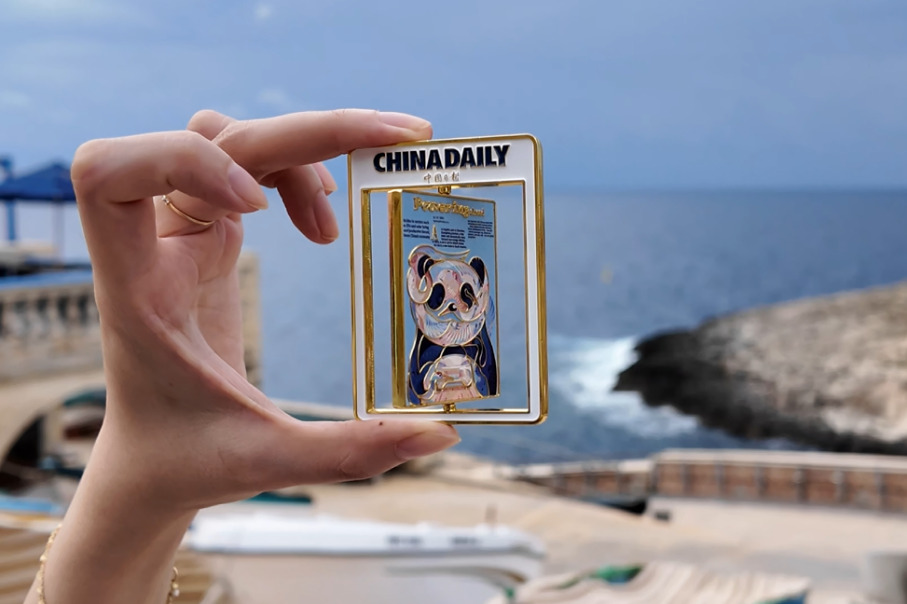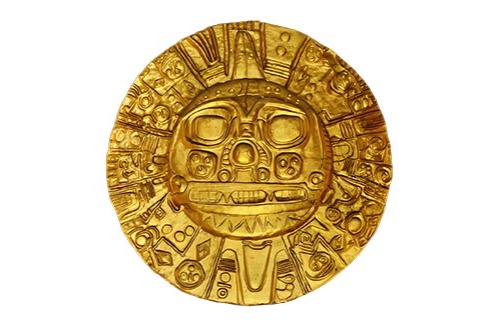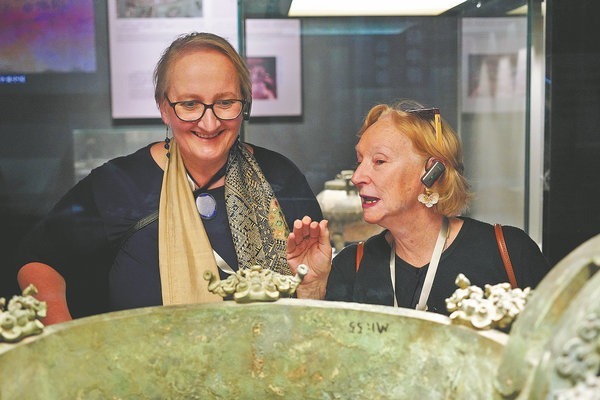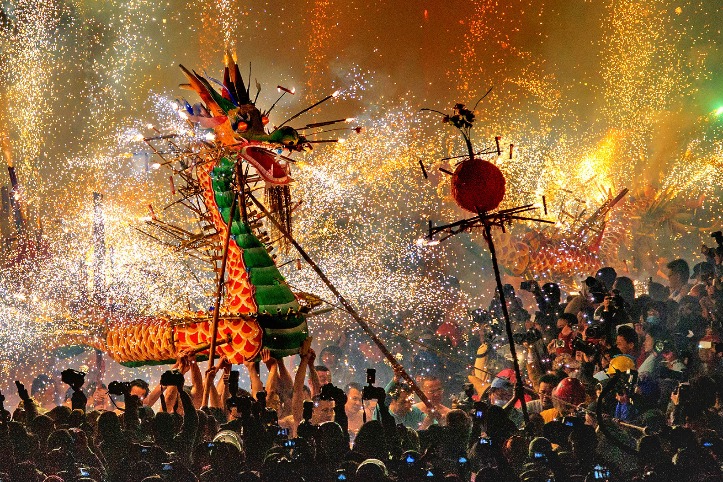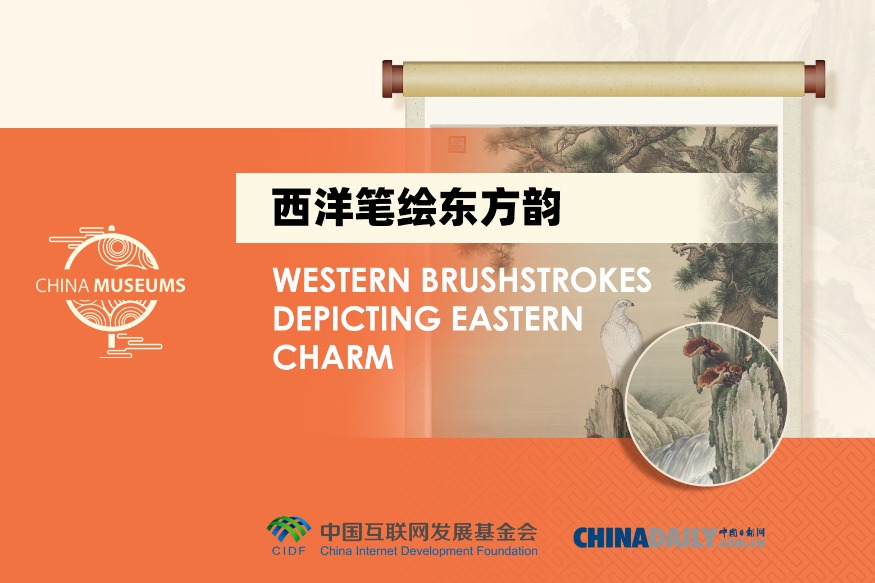Documentary paints picture of country's emergence

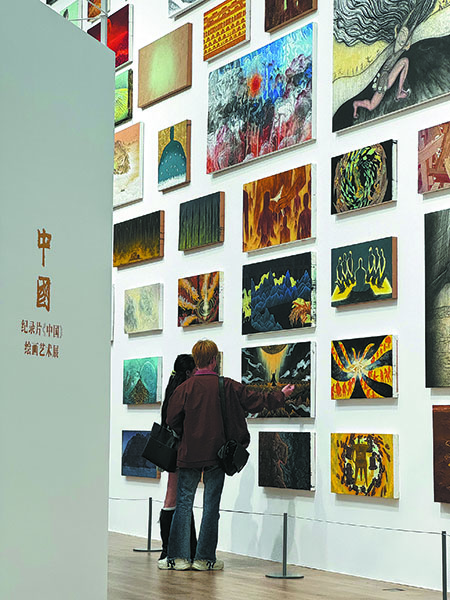
The Hunan Broadcasting System, which produced the series, has already turned some of those paintings into a real-life art exhibition, where 443 of the aforementioned 1,000 paintings are on display at Mango Art Museum in Changsha, Hunan province, from Nov 14 to Feb 18. Primary and middle school students have free entry to the exhibition on Saturdays.
Peng Feng, director of the School of Arts at Peking University, was invited to curate. He says that in an age where artificial intelligence presents a challenge to human painting, the documentary adopted a counterintuitive approach by employing 183 artists to paint all the necessary images.
"This arduous, yet unrewarded endeavor, is surely intriguing," he says.
Peng further believes that the project means a lot to painting.
"Sometimes, artists can be more creative within constraints than in unrestricted circumstances, offering them a crucial opportunity for self-discovery," he adds.
Shan Haoxiang, Mo Lijia and Ren Gang were some of those young artists involved.
"I believe that the making of the documentary series has opened up new visions for us in artistic creation. It explores the possible fusion of painting, documentary filmmaking and new media technology," Shan says.
Mo feels the project has opened up new horizons. "Normally, artists work independently, and what we create largely expresses our individual selves. I'm not usually inclined to collaborate, but this project, with over 180 artists working together, has expanded possibilities," Mo says.
For Ren, the project ignited a passion for creation.
"When we first received the script, we had to imagine the splendor of ancient Chinese mythology, which generated feelings of excitement and fervor," he recalls.


